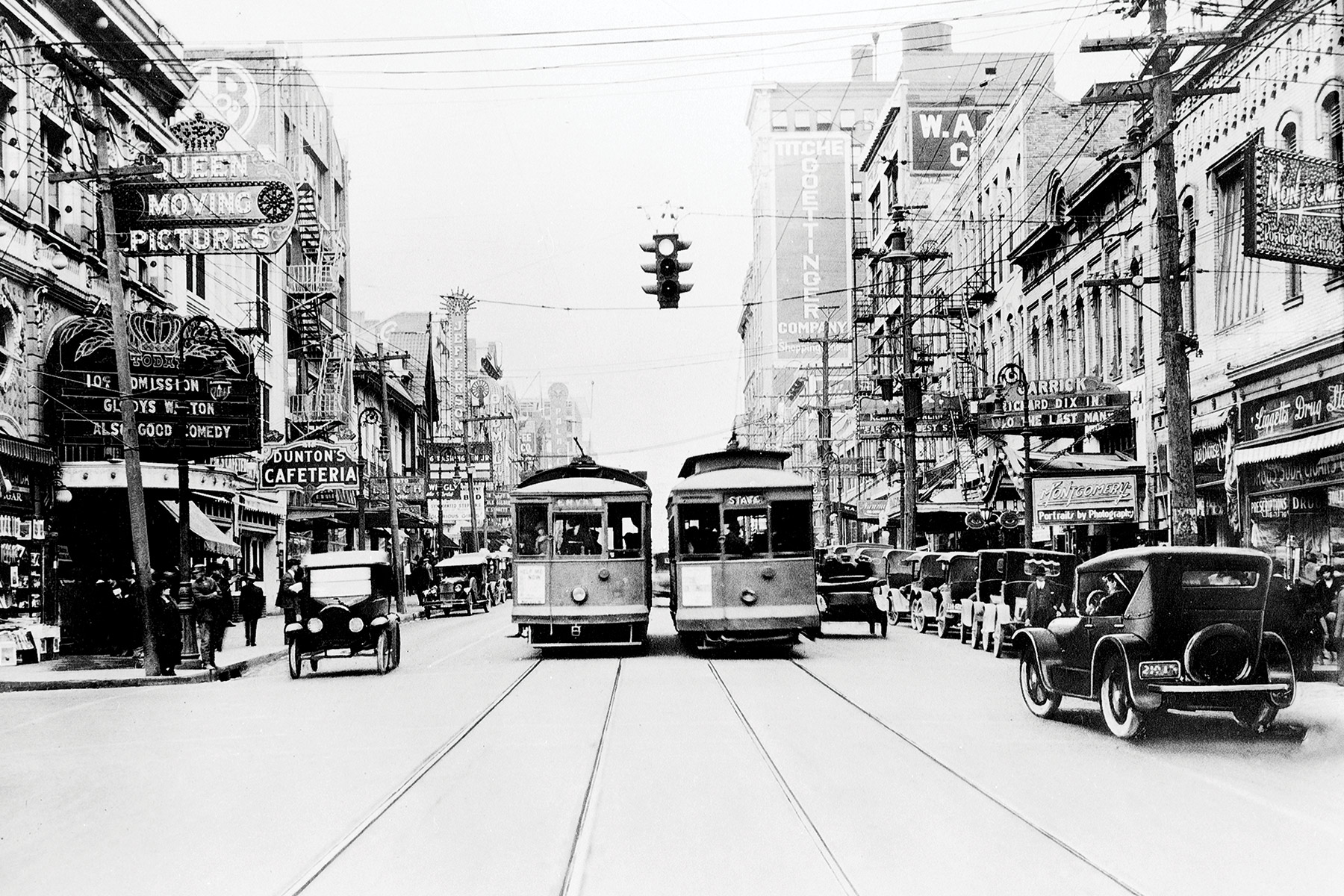To explain the significance of a wonky shift in policy transpiring in the Trump administration, it is worth briefly revisiting how Dallas got into the streetcar game. It began in the 1980s, when some trolley enthusiasts created a nonprofit that helped get the historic McKinney Avenue Trolley restored. They raised the money, part of it through a local taxing jurisdiction known as a PID, and managed to get it built. Then, in the 2000s, a more modern-minded crew of trolley enthusiasts thought it would be cool if Dallas restored the streetcar line in Oak Cliff. Local officials were less than enthusiastic.
All the typical transportation powers-that-be — the North Central Council of Governments, the city, DART — thought this new generation of streetcar nuts were hapless hipster dreamers. Nonetheless, the Oak Cliff streetcar nerds applied for a TIGER grant from the federal government and won it. That essentially twisted the arms of the city and region to start thinking about streetcars. Now there’s a plan on the table to connect the McKinney line to the Oak Cliff line that was constructed after the TIGER grant award, and even more conversation about how to utilize that connection as a springboard for building out an entire network.
That’s the power of a federal grant: it can serve as a catalyst, a way to circumvent entrenched local thinking and shift attitudes around transportation policy. The TIGER grant program was founded by the Obama administration as a way to help push a more broad-based approach to funding mobility projects of all sorts. Sadly, the new administration has taken the hatchet to the TIGER grant program, reworking it into a program that generates more federal funding for road projects. They’ve also renamed the thing, from TIGER to BUILD.
How surprising is that? Well, not at all, of course.
The entire idea behind the TIGER program was to shift the inertia behind more than a half-century of transit spending in the United States. Since the end of World War II, cities, regions, states, and the feds have doubled down on roads and auto travel at the expense of other modes of transit. You know the story; no reason to repeat it here. What was significant was that the TIGER grant programs sought to fund all modes of transit equally. Bike projects around the country even got $142 million in TIGER grants.
But this new approach to transit wasn’t a “snowflake” gambit to steer tax dollars into safe spaces for unicyclists. All you need to do is drive the route of the Oak Cliff Streetcar today to see the incredible amount of private investment and the loads of construction jobs it has generated. The Oak Cliff Streetcar line is evidence that a multi-faceted transportation policy can be a bipartisan initiative.
BUILD is a more traditionally lopsided transit program. Road projects received 70 percent of the funding, while transit only got 11 percent — less of a percentage than the federal government allocates to transit from gas tax revenues.
BUILD sounds like what would happen to the TIGER grant program if the Texas legislature got a hold of it. Most of the funding has gone to rural road and bridge projects, which in and of itself isn’t a bad thing. There is a need for infrastructure improvements throughout the country. But as Streetsblog points out, states already have multiple means of finding funding for rural road infrastructure improvements. Four years ago, Texas passed an amendment that generated even more revenue for TxDOT to build and maintain its roads throughout the state.
The TIGER program was supposed to be something different, a way to throw a bone to the areas of mobility that aren’t covered by other funding sources. In Dallas, we had a front-row seat for viewing how transformative that kind of targeted investment can be. It’s not just that the money helped Dallas build a streetcar line. That project has helped change the conversation around mobility in this city, expanding the imagination of public officials around integrating multiple forms of transit into Dallas’ future transportation plans. It’s why I no longer believe the Oak Cliff Streetcar project is a waste — not because the line itself is a great mode of transit, but because it helped to push Dallas in a direction to where someday it may have a viable streetcar system.
That other cities will not be able to have access to that kind of transformational transit funding is, well, #sad.






